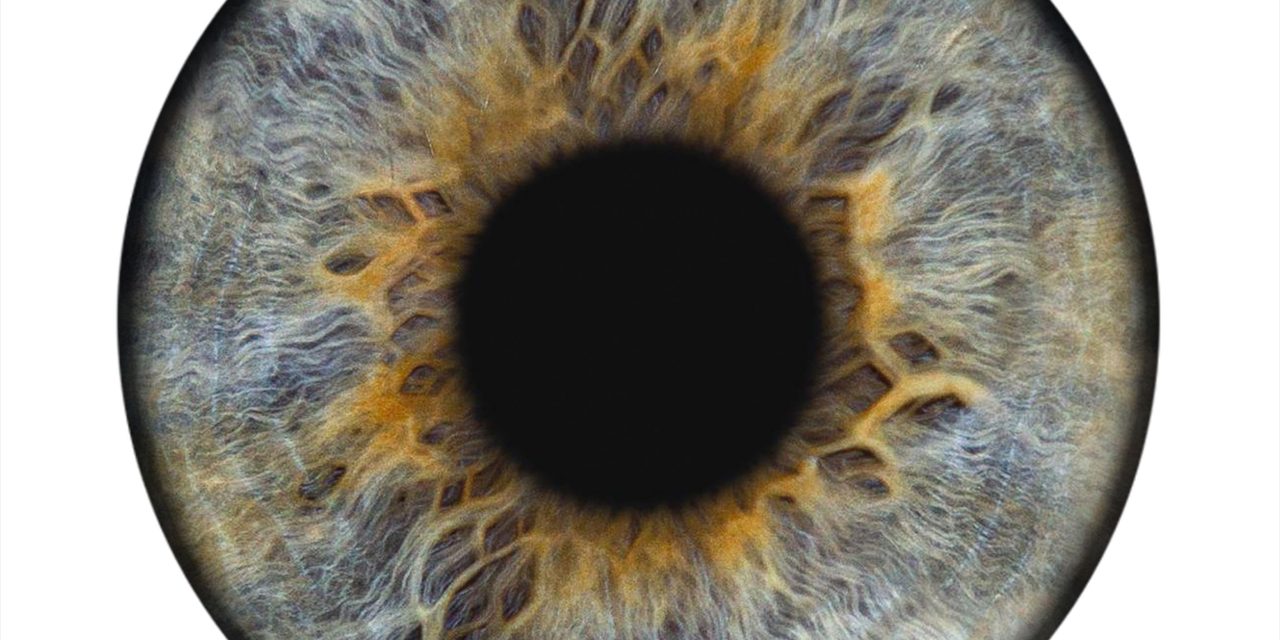To determine the clinical benefits of Meibomian gland expression therapy for the treatment of dry-eye disease caused by Meibomian gland dysfunction (MGD). : In a prospective randomized controlled double-masked trial, 87 eyes of 44 patients with MGD and dry eye symptoms were enrolled. Patients were randomly assigned into two groups; a study group which received therapeutic Meibomian gland expression once every month, and a control group which received sham treatment. All patients received treatment with artificial tears.
One week after the first treatment, the Ocular Surface Disease Index (OSDI) score improved significantly in the study group (mean change -18.5±21.2, p=0.01) but not in the control group (-3.8±15.8, p=0.16); after one month both groups improved significantly (-20.5±19 p=0.001), in the study group and -6.5±11, p=0.016 in the control group). The improvement continued at two months in the study group (-28.4±26.1, P<0.0001) and in the control group (-9.6±9.9, p=0.007). The blepharitis questionnaire score improved in the study group compared to controls after one week (-9.95±12.52 versus -1.77±9.1, p=0.03) one month (-11.5±10.9 versus -1.1±9.4, p=0.02) and two months (-16.5±8.0 versus -8.8±11.7, p=0.02). Burning sensation was significantly reduced only in the study group. Mean change after two months treatment was -2.00±1.2583 (p < 0.0001) vs -0.67±1.44 (p=0.08). The trend was similar in Eye lid scales. Conjunctival hyperemia improved only in the study group one week after the treatment (-0.12±0.32 p=0.03).
Therapeutic Meibomian gland expression improves dry eye symptoms in subjects with MGD, compared to conventional treatment with artificial tears.
The Effect of Therapeutic Meibomian Glands Expression on Evaporative Dry Eye: A Prospective Randomized Controlled Trial.


